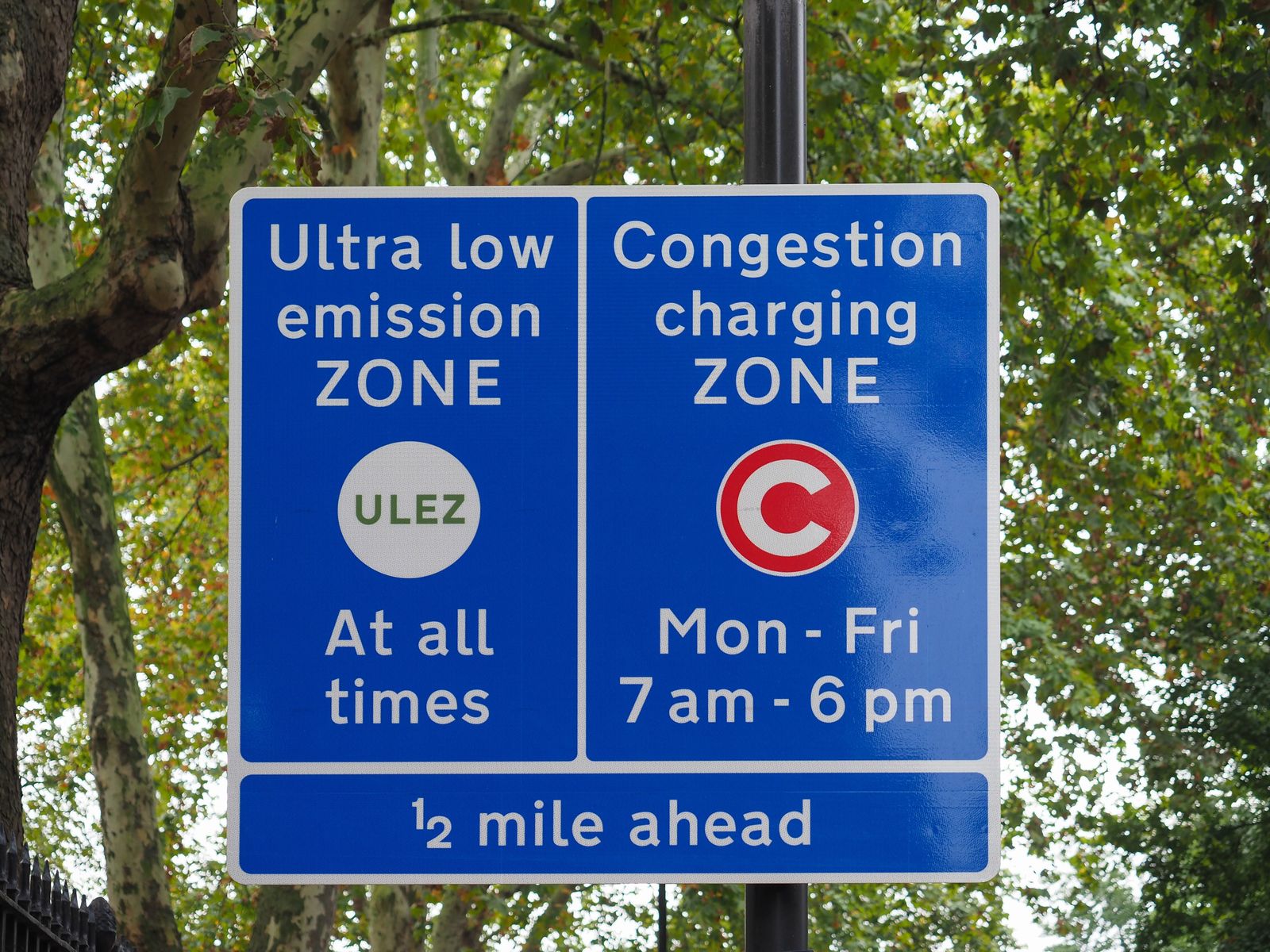What is congestion charging?

Congestion charging is a system of fees imposed on drivers for entering a designated congested area of a city during peak traffic hours. The goal of congestion charging is to reduce traffic congestion and improve air quality by incentivising drivers to use alternative modes of transportation or to travel at non-peak times.
Benefits of congestion charging
- Reducing traffic congestion: By charging drivers a fee for entering congested areas during peak hours, congestion charging can reduce the number of cars on the road and improve traffic flow.
- Improving air quality: Fewer cars on the road can lead to improved air quality, as there is less pollution from vehicle emissions.
- Generating revenue: can generate revenue that can be used to fund public transportation, infrastructure projects, and other initiatives.
- Encouraging the use of alternative modes of transportation: can encourage drivers to use public transportation, bikes, or walk instead of driving.
Drawbacks
- Cost: can impose additional costs on drivers, which may be a burden for those with low incomes.
- Equity: may disproportionately affect low-income and marginalised communities who may not have access to alternative modes of transportation.
- Administrative costs: implementation and enforcement can be costly and logistically complex.
- Political opposition: some people may object on principle or because they do not believe it will solve traffic congestion.
- Congestion move: can move congestion to other areas, such as residential streets, which can create new problems.
What are some examples of congestion charging systems in place?
- London Congestion Charge: Implemented in 2003, this system charges drivers a fee for entering a designated area of central London during peak hours.
- Stockholm Congestion Tax: Implemented in 2006, this system charges drivers a fee for entering the city center during peak hours.
- Singapore Area Licensing Scheme: Implemented in 1975, this system is one of the oldest congestion charging systems in the world, it charges drivers a fee for entering a designated area of the city during peak hours.
- Milan Area C: Implemented in 2012, this system charges drivers a fee for entering the city centre during peak hours.
- New York City Congestion Pricing: Implemented in 2021, this system charges drivers a fee for entering a designated area of Manhattan during peak hours.
- Berlin Congestion Charge: Implemented in 2008, this system charges a fee for entering a designated area of the city during peak hours.
Note that these systems vary in terms of the specific fee structure and the geographic area that is covered by the charge.
To learn more about road infrastructure and funding, download the free abstract of our Road Usage Charging United States Report